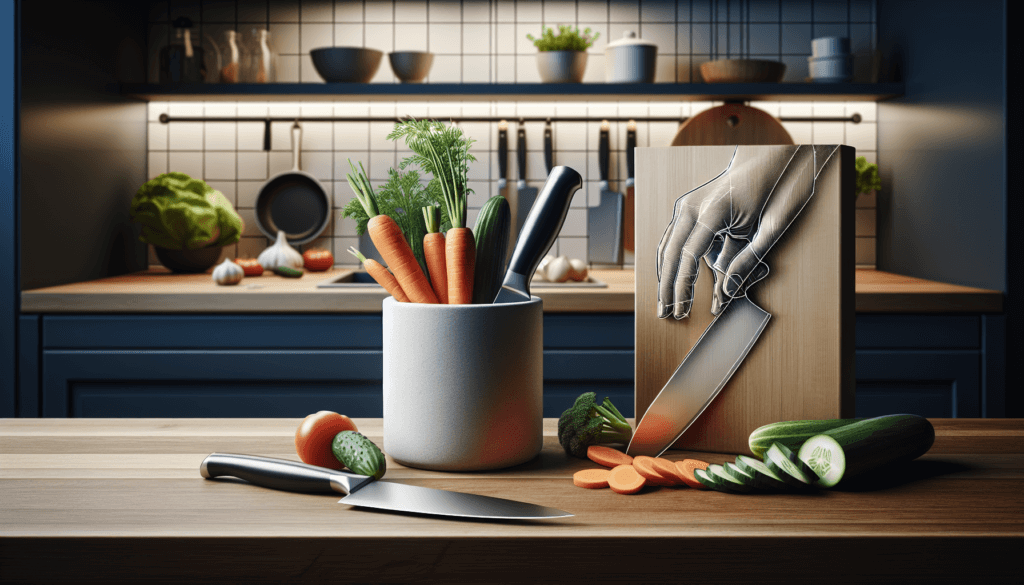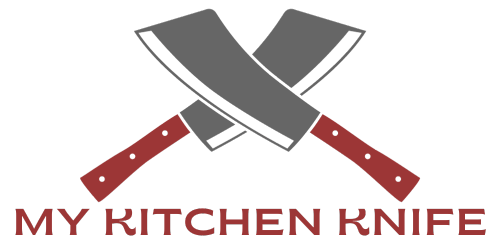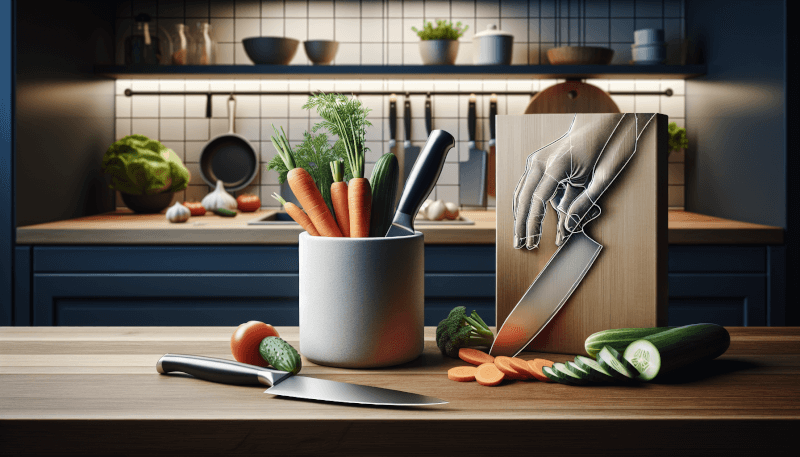Picture this: you’re in your kitchen, prepping a delicious meal for your loved ones. As you reach for your trusty kitchen knife, you notice that it’s become quite dull over time. You might think that a dull knife is safer, as it won’t cut as deeply as a sharp one. But here’s the thing: contrary to popular belief, a sharp kitchen knife is actually safer than a dull one. In this article, we’ll explore why having a sharp kitchen knife is not only essential for efficient cooking but also for your safety in the kitchen. So, grab your cutting board and let’s debunk this knife myth together.
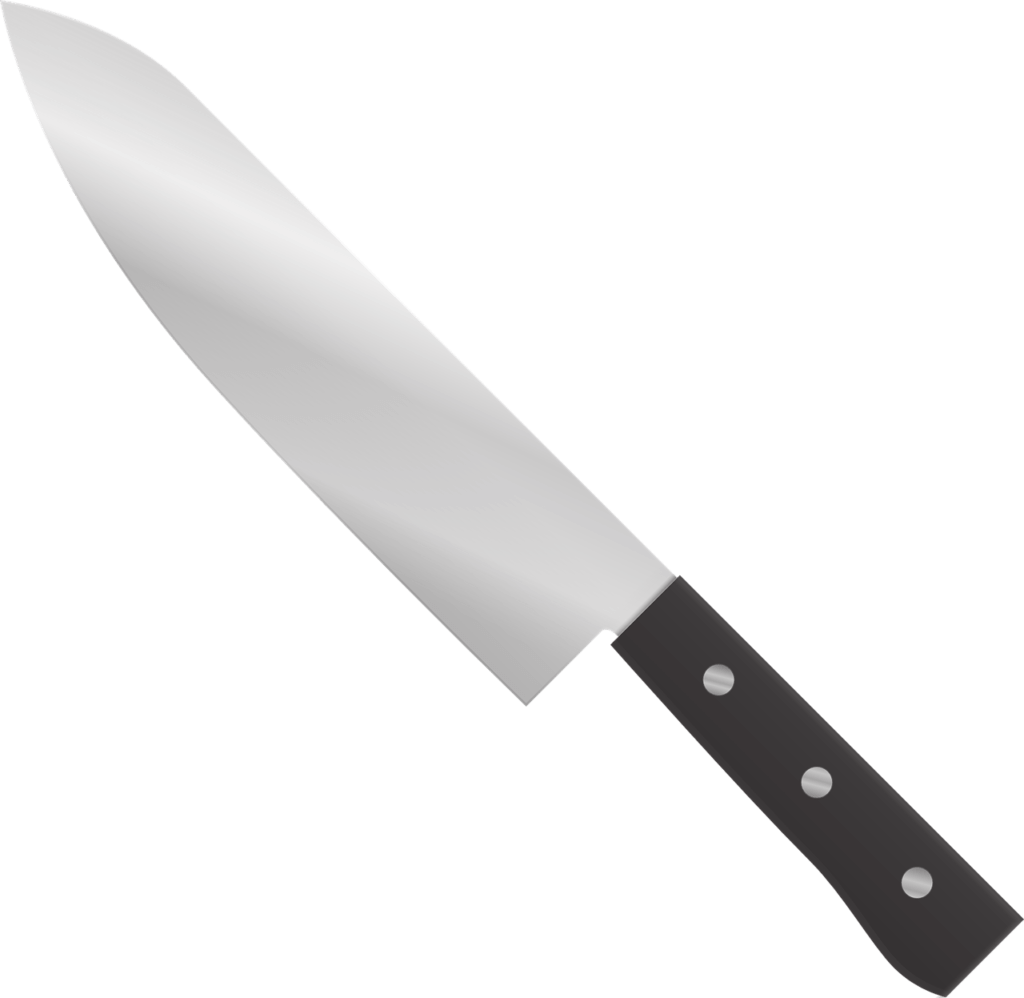
1. Better Control and Stability
1.1 Enhanced Cutting Technique
When you use a sharp kitchen knife, you have better control over your cutting technique. A sharp blade allows you to make precise cuts, whether you’re slicing through a tomato or dicing an onion. With a dull knife, you may find yourself struggling to make clean cuts, which can lead to uneven shapes and sizes. A sharp knife gives you the ability to execute your cutting technique with ease and precision, resulting in more consistent and professional-looking culinary creations.
1.2 Reduced Slippage
One of the dangers of using a dull knife is the increased risk of slippage. When the blade is dull, it’s more likely to slip off the food you’re cutting, potentially causing accidental injuries. On the other hand, a sharp knife bites into the food more easily, reducing the chance of slippage and providing you with better control. By using a sharp knife, you can minimize the risk of accidents and ensure a safer cutting experience.
1.3 Easier Slicing and Chopping
A sharp kitchen knife makes slicing and chopping a breeze. With a smooth and precise cutting edge, a sharp knife effortlessly glides through food without resistance. This not only speeds up your food preparation process but also reduces the amount of force and effort required. Whether you’re slicing a crusty loaf of bread or chopping through a tough butternut squash, a sharp knife will make the task easier and more efficient.
2. Minimized Force and Effort
2.1 Less Pressure Required
When you have a sharp kitchen knife, you’ll find that less pressure is required to cut through food. A dull knife often necessitates applying excessive force to make the blade penetrate the food, which can increase the risk of slips and accidents. With a sharp knife, however, the sharp edge effortlessly glides through the ingredients, reducing the overall force needed. This not only makes cutting easier but also makes the process safer by minimizing the chances of accidents occurring.
2.2 Reduced Risk of Hand Fatigue
Using a dull knife can lead to hand fatigue due to the extra force and effort required to cut through food. The repeated pressure applied when using a dull blade can strain your hand muscles and cause discomfort. On the other hand, a sharp knife does the work for you with minimal effort, reducing the strain on your hand and minimizing the risk of fatigue. By using a sharp knife, you can enjoy a more comfortable and enjoyable cooking experience, without the added discomfort and potential hand injuries.
2.3 Effortless Cutting Motion
A sharp kitchen knife allows for an effortless cutting motion. With a well-maintained sharp blade, you can smoothly and easily slice through food, reducing the resistance encountered during the cutting process. This seamless cutting motion not only improves your overall cooking experience but also ensures a safer environment in the kitchen by minimizing the chances of slips and unintended injuries. By investing in a sharp knife, you can make your cooking tasks more enjoyable and efficient.
3. Reduced Accidental Injuries
3.1 Clean and Precise Cuts
A sharp kitchen knife promotes clean and precise cuts, which can significantly reduce the risk of accidental injuries. When you use a dull knife, there is a higher chance of the blade slipping off the food and causing unexpected cuts. However, a sharp knife cleanly slices through the ingredients, ensuring that your cuts are accurate and controlled. This precision reduces the likelihood of accidental injuries, making your time in the kitchen much safer.
3.2 Less Force Equals Less Potential for Accidents
Using a dull knife requires more force to cut through food, increasing the potential for accidents. The additional force applied can lead to slips and loss of control, putting you at risk of cutting yourself. A sharp knife, on the other hand, requires less force to make clean cuts, minimizing the chances of accidents occurring. By using a sharp knife, you can significantly reduce the risk of accidental injuries and create a safer environment in your kitchen.
3.3 Decreased Slippage and Inadvertent Cuts
A sharp knife greatly reduces the likelihood of slippage and inadvertent cuts. With a dull knife, the blade may slip off the food and veer toward your hand or fingers, causing unintentional cuts. However, a sharp knife provides better control and stability, reducing the chances of slippage while cutting. By investing in a sharp kitchen knife, you can minimize the risk of unintended injuries and make your culinary tasks much safer.
4. Decreased Resistance and Tension
4.1 Smooth Cutting Surface
A sharp kitchen knife offers a smooth cutting surface, which minimizes the resistance encountered during the cutting process. A dull blade, in contrast, can tear and crush the food, making it harder to cut through. This resistance not only makes the cutting process more difficult but also increases the risk of slips and potential injuries. By using a sharp knife with a smooth cutting surface, you can easily glide through food, reducing tension and ensuring a safer cutting experience.
4.2 Improved Glide through Food
When using a sharp knife, you’ll experience an improved glide through the food. The sharp edge of the blade effortlessly cuts through the ingredients with minimal resistance, allowing for a smooth and controlled motion. This improved glide not only makes cutting easier but also contributes to better knife control and reduces the risk of slips and accidents. By sharpening your kitchen knife regularly, you can maintain this improved glide and enjoy a more efficient and safer cutting experience.
4.3 Less Stress on the Wrist and Hand
A sharp knife reduces the stress and tension on your wrist and hand muscles. With a dull blade, you may find yourself having to apply more force and exerting additional pressure to cut through food. This can strain your wrist and hand muscles, leading to discomfort and potential injuries. In contrast, a sharp knife requires less effort to cut through ingredients, reducing the stress placed on your wrist and hand. By using a sharp knife, you can minimize the risk of wrist and hand injuries and ensure a more comfortable cooking experience.
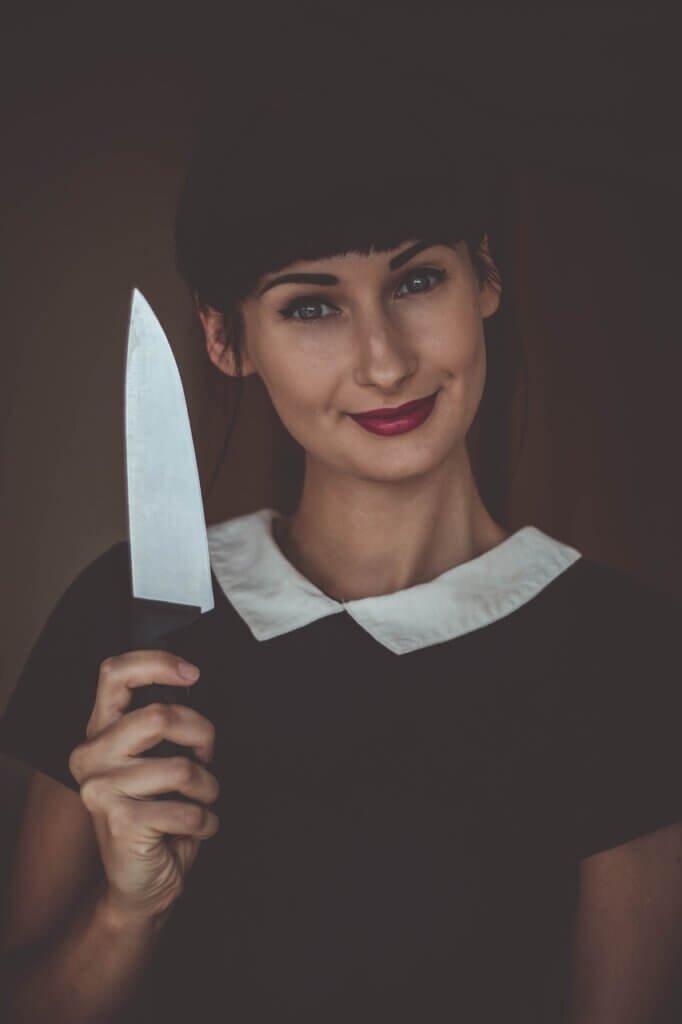
5. Enhanced Knife Skills Development
5.1 Better Knife Control and Technique
Using a sharp kitchen knife promotes better knife control and technique. When you have a sharp blade, you can rely on its precision to execute various cutting styles accurately. Whether you’re practicing your julienne, chiffonade, or brunoise techniques, a sharp knife allows you to achieve the desired results with ease. The improved control and technique developed with a sharp knife not only enhance your cooking skills but also contribute to a safer and more efficient cutting experience.
5.2 Sharpening Promotes Focus and Precision
Sharpening your kitchen knife regularly promotes focus and precision in your cutting tasks. When you take the time to maintain the sharpness of your knife, you become more mindful of your cutting technique. This increased focus and attention to detail help you ensure precise and accurate cuts, reducing the chances of accidents. By incorporating regular knife sharpening into your culinary routine, you can cultivate a sense of precision in your cooking skills and create a safer environment in the kitchen.
5.3 Improved Ability to Execute Advanced Cuts
With a sharp kitchen knife, you can improve your ability to execute advanced cuts. Whether you’re attempting intricate vegetable carvings or creating delicate garnishes, a sharp knife gives you the confidence and control necessary to achieve these advanced cutting techniques. The sharpness of the blade allows for finer cuts and cleaner edges, resulting in visually appealing and professional-looking presentations. By sharpening your knife regularly, you can enhance your knife skills and unleash your creativity in the kitchen.
6. Reduced Food Preparation Time
6.1 Effortless Slicing and Dicing
A sharp kitchen knife significantly reduces food preparation time by making slicing and dicing effortless. With a sharp blade, you can quickly and easily cut through ingredients without the need for excessive force or repetitive movements. This efficiency translates into time saved during food preparation, allowing you to focus on other aspects of your cooking process. By investing in a sharp knife, you can streamline your food preparation tasks and enjoy more efficient cooking sessions.
6.2 Time Saved on Repetitive Tasks
When using a dull knife, repetitive tasks can become time-consuming and tedious. The lack of sharpness in the blade can make slicing, chopping, and mincing laborious and slow. On the other hand, a sharp knife allows you to complete these repetitive tasks much faster and with greater ease. The sharp edge effortlessly cuts through the ingredients, saving you valuable time and making the overall cooking process more enjoyable. By using a sharp kitchen knife, you can optimize your food preparation time and increase productivity in the kitchen.
6.3 Increased Efficiency in the Kitchen
With a sharp kitchen knife, you can experience increased efficiency in your culinary endeavors. The sharpness of the blade allows for precise and effortless cutting, reducing the time and effort required for each task. This increased efficiency not only saves you time but also allows you to work more smoothly and effectively in the kitchen. By investing in a sharp knife, you can maximize your efficiency and create a more enjoyable cooking experience.
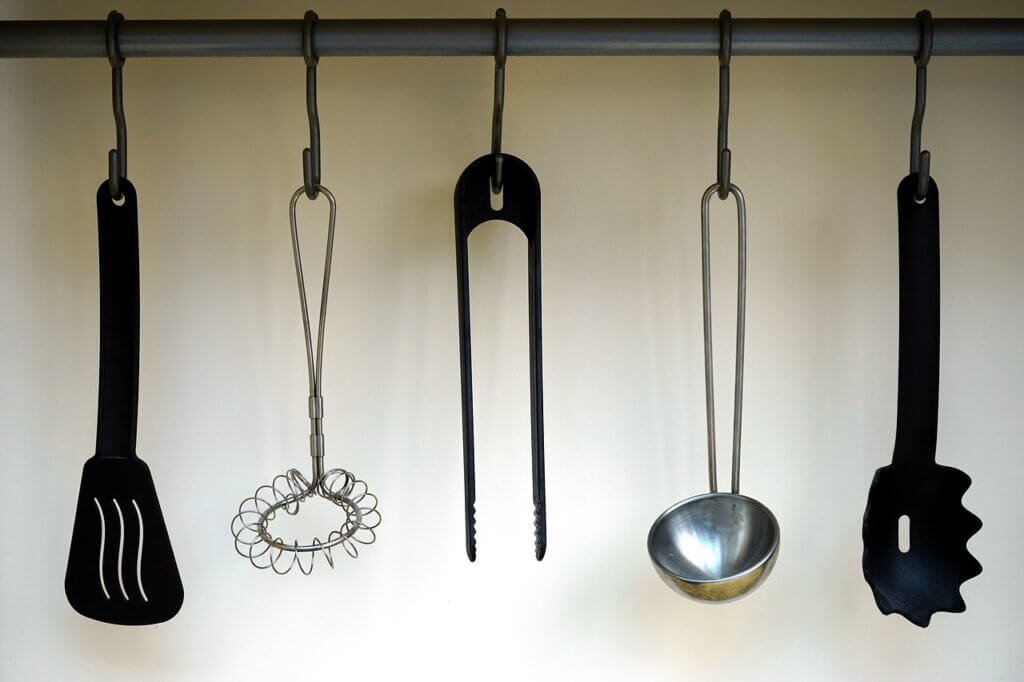
7. Mitigated Risk of Knife Slippage
7.1 Maintaining a Firm Grip
A sharp kitchen knife helps maintain a firm grip, reducing the risk of knife slippage. When the blade is dull, it’s more likely to slip off the food or out of your hand, leading to potential accidents. With a sharp knife, however, the blade cuts through the food smoothly, allowing you to maintain better control and stability. By keeping a firm grip on the sharp knife, you can minimize the chance of slippage and create a safer environment in your kitchen.
7.2 Secure Knife Handling
Proper knife handling is essential for ensuring kitchen safety, and a sharp knife plays a significant role in secure knife handling. A dull blade requires more force to cut through food, increasing the potential for slips and loss of control. In contrast, a sharp knife allows for better control and stability, reducing the chances of accidents. By handling a sharp knife with care and maintaining a secure grip, you can mitigate the risk of knife slippage and enjoy a safer cutting experience.
7.3 Enhanced Safety during Cutting Motions
Using a sharp kitchen knife enhances safety during cutting motions. The sharpness of the blade allows for more controlled and precise cutting, minimizing the chances of slips and unintended injuries. A dull knife, on the other hand, can lead to unpredictable movements and loss of control, increasing the risk of accidents. By investing in a sharp knife, you can ensure a safer environment during your cutting motions and enjoy peace of mind while preparing your meals.
8. Preservation of Food Quality
8.1 Clean and Neat Cuts Prevent Food Damage
A sharp kitchen knife helps preserve the quality of your food by creating clean and neat cuts. When a knife is dull, it tears and crushes the food, causing damage and compromising its visual appeal. A sharp knife, on the other hand, cuts through the ingredients cleanly and neatly, preserving their structure and integrity. By using a sharp knife, you can ensure that your food looks as good as it tastes, enhancing the overall dining experience.
8.2 Reduced Bruising and Crushing
Using a sharp knife reduces the risk of bruising and crushing your ingredients. A dull blade can exert excessive force on the food, resulting in bruises and mashed textures. On the contrary, a sharp knife makes clean cuts, minimizing the damage inflicted on the ingredients. By employing a sharp kitchen knife, you can maintain the quality and texture of your food, ensuring that each bite is as delightful as intended.
8.3 Minimized Oxidation and Browning
A sharp kitchen knife minimizes oxidation and browning of certain ingredients. When fruits and vegetables are cut with a dull knife, the cells are damaged more, leading to quicker oxidation and browning. By using a sharp knife, you can make cleaner cuts that minimize cell damage, prolonging the freshness and appeal of your produce. Whether you’re slicing avocados or apples, a sharp knife will help preserve their visual appeal and keep them fresher for longer.
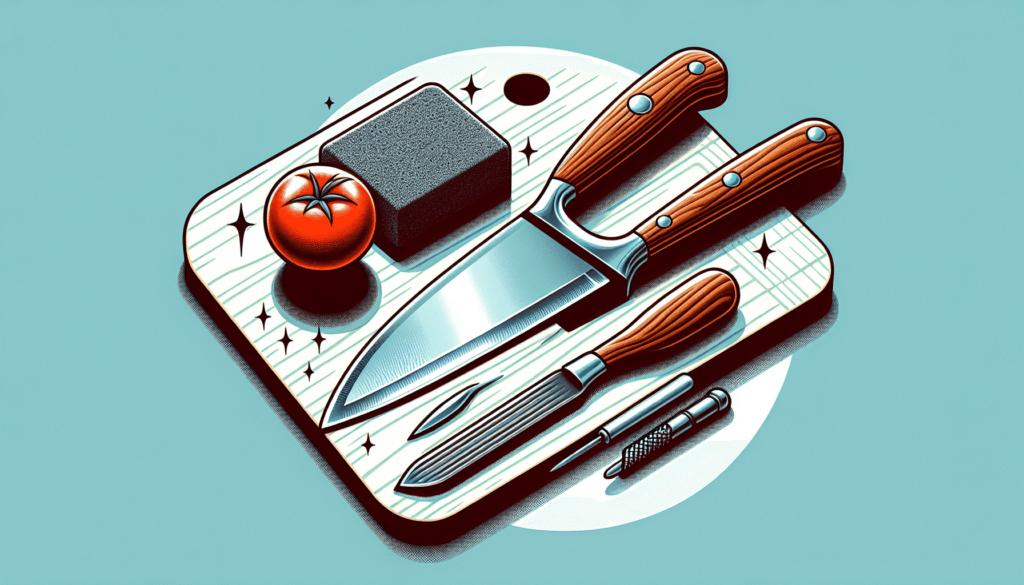
9. Extended Lifespan of the Knife
9.1 Less Wear and Tear on the Blade
Regularly sharpening your kitchen knife allows for less wear and tear on the blade. When a knife is dull, more force and pressure are required to cut through food. This added stress can lead to the blade becoming worn and damaged more quickly. By maintaining a sharp edge, you can reduce the force needed to cut and, subsequently, decrease the wear and tear on the blade. This, in turn, extends the lifespan of your knife, allowing you to enjoy its exceptional performance for longer.
9.2 Decreased Frequency of Sharpening
Investing time in sharpening your kitchen knife regularly can decrease the frequency at which you need to sharpen it. By maintaining a sharp edge, you’re reducing the amount of material removed from the blade during each sharpening session. This means that you can go longer between sharpening, as the blade retains its sharpness for a longer period. By keeping your knife sharp with regular sharpening, you can save time and effort in the long run.
9.3 Prolonged Sharpness and Performance
Regularly sharpened kitchen knives offer prolonged sharpness and performance. When a knife is consistently sharpened, the blade remains sharp for a more extended period, allowing for continued precise and efficient cutting. A sharp knife provides consistent high-quality results, ensuring that your culinary creations are top-notch. By investing time and effort into sharpening your kitchen knife, you can enjoy its exceptional sharpness and performance, enhancing your overall culinary experience.
10. Value for Money and Investment
10.1 Maximized Utility of the Knife
By using a sharp kitchen knife, you maximize the utility of the knife and get the most out of your purchase. A dull knife can limit its effectiveness and functionality in the kitchen, leading to frustrating and inefficient cooking experiences. In contrast, a sharp knife allows you to tackle a wide range of cutting tasks effortlessly and with accuracy. By investing in a sharp knife, you ensure that you’re getting the most value for your money and that your knife serves you well in all of your culinary endeavors.
10.2 Avoidance of Frequent Replacements
Using a sharp kitchen knife helps you avoid the need for frequent knife replacements. A dull blade can quickly become ineffective and potentially dangerous to use. This can lead to the constant need to replace your knife, resulting in additional expenses over time. By keeping your knife sharp and maintaining its performance, you extend its lifespan and avoid the need for frequent replacements. By investing in a sharp kitchen knife, you can save money in the long run and enjoy the benefits of a reliable and long-lasting tool in your kitchen.
10.3 Enhanced Overall Kitchen Experience
A sharp kitchen knife enhances your overall kitchen experience by making your culinary tasks more enjoyable and efficient. With a sharp blade, you can breeze through food preparation, cutting down the time and effort required. The improved control, stability, and precision that come with a sharp knife contribute to a safer environment in the kitchen. By investing in a sharp knife, you can elevate your cooking experience, allowing you to focus on the creativity and enjoyment of preparing delicious meals.
